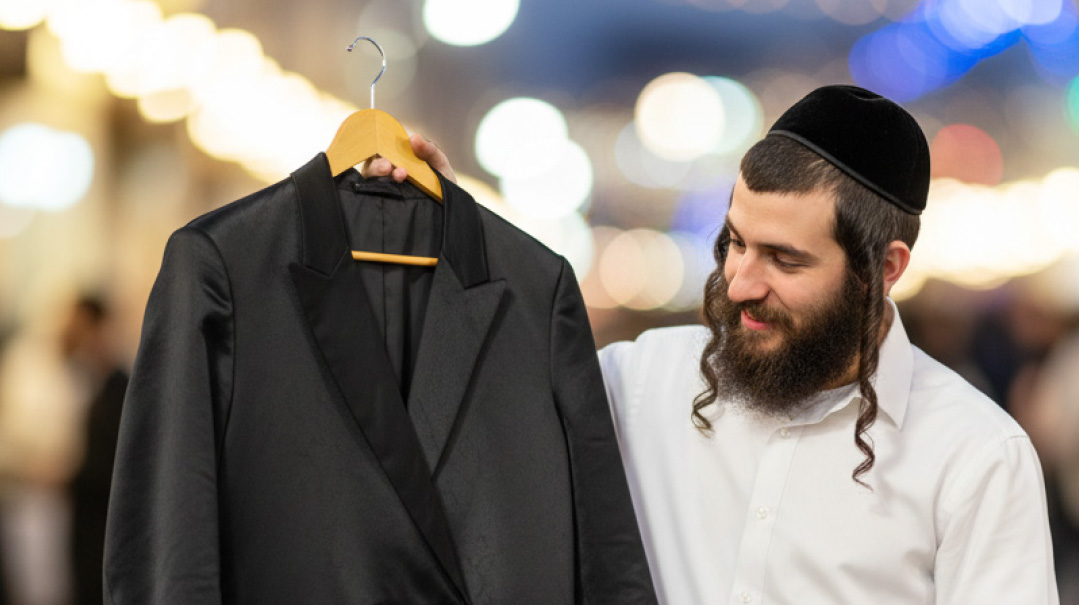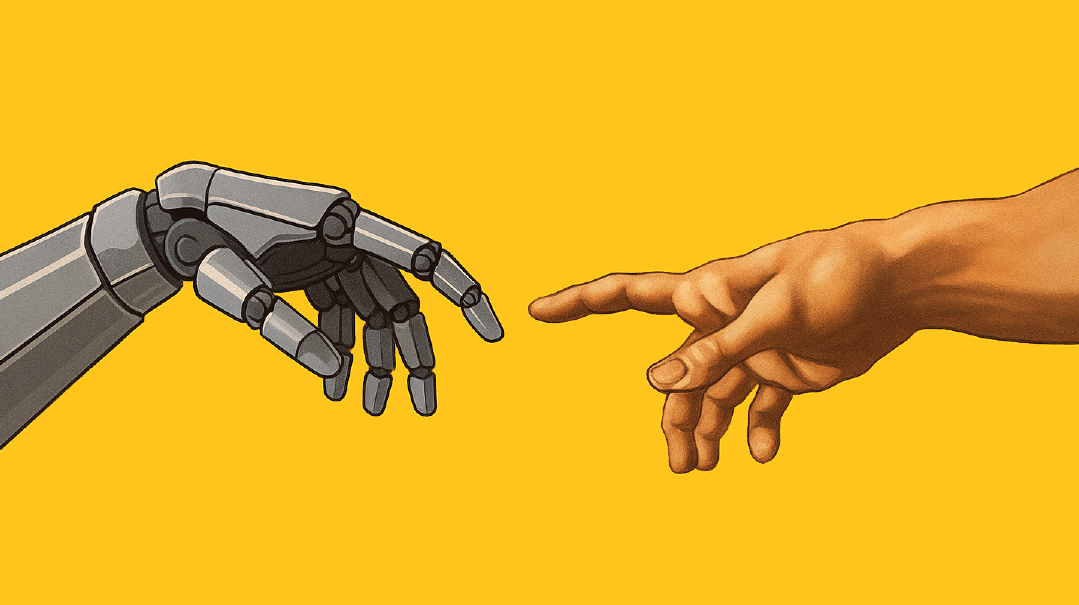The Story Next Door

That ordinary home on East 27th Street became so much more than a house

It’s been more than 20 years since I married and moved out of my parents’ home, but the block always feels familiar when I go back. There’s the cracked sidewalk that observed my first bike-riding efforts. Here’s the narrow driveway where we built a snowman. Here’s the apartment-turned-dentist office where we got our cavities filled. There’s the second-story porch that hosted a yearly Purim concert complete with keyboard, drums, clarinetist, and a host of singers.
But the house next door was different. Over the last decade and a half, it took on new sounds, and a whole new story — something unexpected, unfamiliar, and unlike any of those sweetly prosaic memories.
Back when I was little, the half-brick/half-siding home was notable primarily for the glasses store that found temporary quarters in the basement. Whenever one of my siblings needed a new pair of glasses, I would go next door with them and try on pair after pair of empty frames. Sometimes I’d babysit for the cute kids living upstairs. Then the business moved to a proper storefront and the family to a different address. I left and began building my own home.
On one of my visits back to the block, I learned that a sweet young family had moved in next door. I learned some of the kids’ names, nodded at the neighbors, but that was about all. This wasn’t my home or my block anymore. But over the years, I noticed minor, then major changes to the house. A ramp was constructed in the back, allowing wheelchair access. The father could no longer be seen coming or going. The sounds of a minyan began wafting out of the windows.
T
hat is the way we all came to view the house next door.
On the surface, it was a very typical-looking home for that part of Flatbush: a patch of green in front, just-wide-enough shared driveway on the side, and small backyard behind. It followed the typical rhythm of all the other homes in the area: menorahs in the windows for eight days every winter; garbage cans brought to the curb for collection, then returned to the back; parking spot left bare once a week for alternate-side-parking.
But because of the people inside, and the way they faced one of the most staggeringly tragic diagnoses in the medical world, that ordinary home on East 27th Street became so much more than a house. It became the haven of focus, faith, and even positivity where Mendy Rosenberg and his family defied ALS.
That line sounds silly; no one can really defy the physical outcome of ALS. For now, at least, with the scientific knowledge we currently possess, this is a disease that inexorably overcomes its victims’ muscles. But if you knew about that house on East 27th Street, if you knew the family inside, then you’d know how the Rosenbergs did not allow ALS to overcome their spirits or humanity.
After Mendy’s petirah in mid-November, I asked Malky Rosenberg, Mendy’s wife, if she and her children would be comfortable sharing his story with our readers. She was very matter-of-fact about it: She discussed it with the kids, they thought it could inspire people, and so they said yes.
I don’t usually get emotional when discussing stories with writers. This time, when I asked Eytan Kobre to write the piece, I had a hard time talking. Why was I choking up? It’s not like I really knew the Rosenbergs. But for years I’d heard echoes of minyanim, snippets of stories and quotes, seen the number come up on my parents’ caller ID. I knew something very unusual was taking place in the house next door. A monster of a disease was steadily robbing a man of his muscular faculties — movement, speech, even the ability to breathe — and the man and his family kept digging within themselves and finding deeper wells of humanity, transcending and triumphing and achieving without drama or fanfare.
That’s the story I wanted to hear, the story I hoped to share with you all.
—Shoshana Friedman
Managing Editor
(Originally featured in Mishpacha, Issue 944)
Oops! We could not locate your form.







